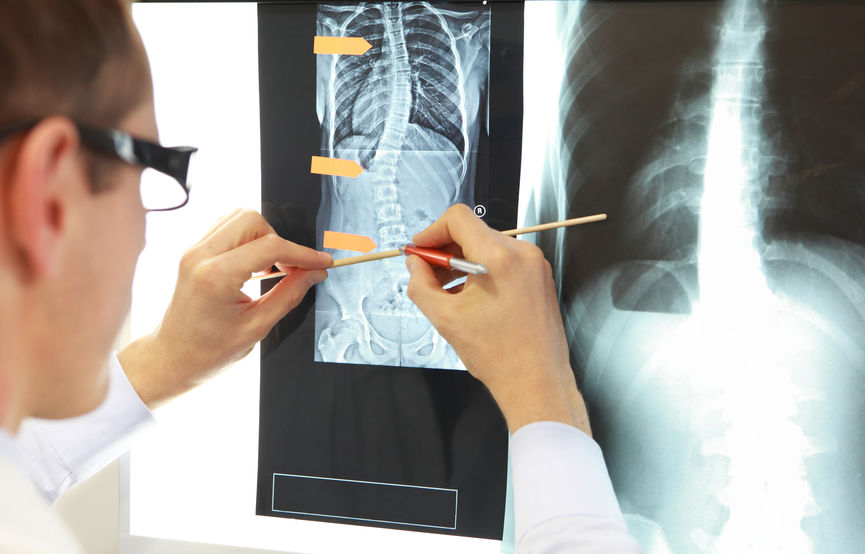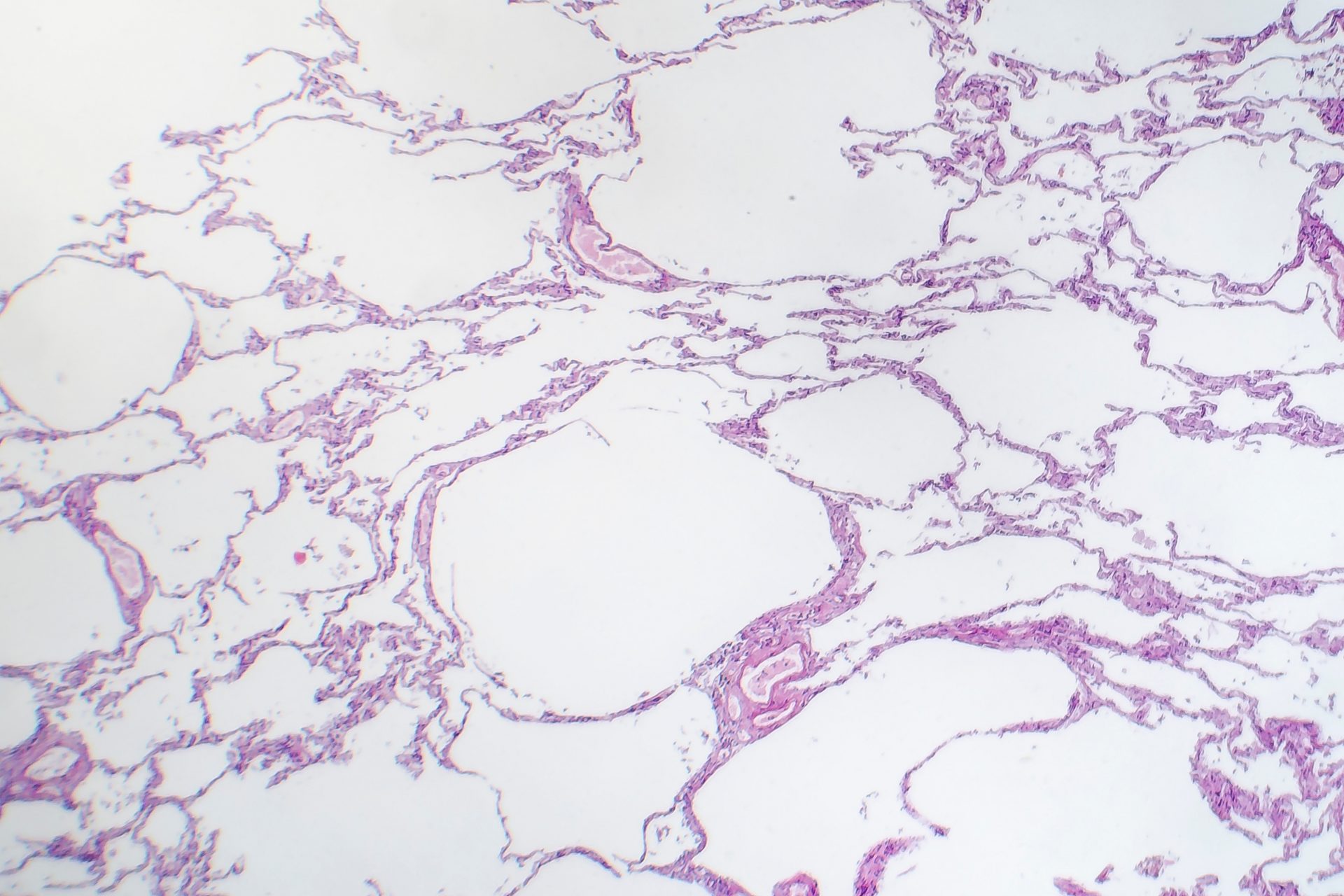Diagnoses
The lungs can be affected by many other illnesses including infections, pneumonias, tuberculosis, inflammatory conditions, cystic diseases, many hereditary conditions, and more.
The lungs also require healthy breathing muscles that are properly coordinated to suck air into, and blow air out of, the lungs. These include the muscles of the neck, the diaphragms, the chest wall muscles, and the abdominal muscles. This coordinated muscle system can be affected by many congenital and hereditary conditions, by muscle diseases, by damage to the nerves that control the muscles, and by problems with the breathing control centre in the brain.
The lungs can be affected secondarily to other medical conditions – for example heart disease, liver disease, rheumatic and joint diseases, inflammatory bowel diseases and many more.
The blood circulation through the lungs is just as important as the airflow to the lungs – air and blood must exchange oxygen and carbon dioxide for the lungs to fulfil their function. Problems with the lung circulation, particularly pulmonary arterial hypertension and pulmonary embolism, can result in breathlessness. Specialist investigation is needed to make the diagnosis, consider the cause, and determine the treatment.
The structure of the thoracic cage enclosing the lungs can be affected by a number of congenital conditions like pectus excavatum (funnel chest), or kyphoscoliosis (twisted spine). It can also acquire abnormalities of shape and structure. These can affect the capacity of the lung and its ability to ventilate the air sacs of the lung effectively.
Various forms of chest pain are commonly seen in respiratory medicine clinics with the aim of identifying whether there is significant heart and lung disease causing the symptoms. Often, the fibres and muscles of the chest wall are responsible, or the pain might arise from the spine or elsewhere. Relevant investigation would follow from listening to the history in detail and from clinical examination.
The symptoms of all the lung conditions are similar – with breathlessness or discomfort associated with breathing, along with cough, being the most common. It is not possible for the website to describe all conditions that affect the lungs and breathing. Specialist evaluation incorporating the history, the examination findings, and a structured investigation plan are often needed to refine the diagnosis and determine appropriate management actions. Please make an enquiry or book an appointment if you feel we could help.


